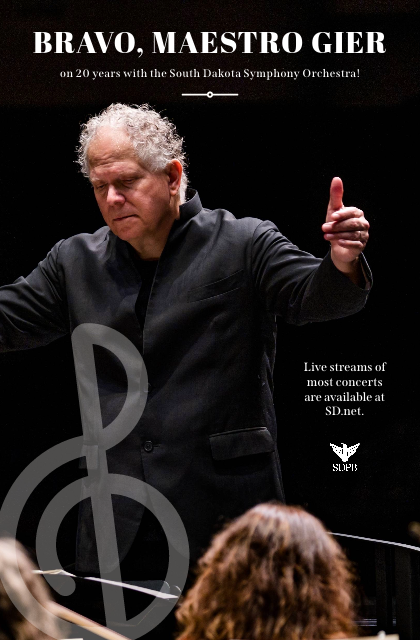Written by Anna Vorhes
Born
January 27, 1756, Salzburg
Died
December 5, 1791, Vienna
Instrumentation
two oboes, two horns and strings
Duration
28 minutes
Composed
Finished April 6, 1774
World Premiere
unknown, but probably soon after completion
Something interesting to listen for:
The transition from Baroque style to Classical style involved handling melodic composition differently and experimenting with new ways to present ideas. Together these changes were called style galant. What you will hear in this symphony includes some elements that demonstrate style galant including clear melodies, limited (or no) polyphony, attention to dynamics and simplified harmonic language. The ornamentation so prevalent in the Baroque era remained in style galant and stands out set against the simpler harmonic texture. According to Marianne Williams Tobias, writing for the Indianapolis Symphony, "On every count, Symphony No. 29 is a fine specimen of gallant writing: well bred, charming, polite and faithful to the Viennese classical model. Its light-hearted charm and elegance intends a work which is truly meant to entertain and delight."
In this symphony you'll also hear Mozart's originality. The second movement offers lovely and clar polyphony between the upper and lower strings. In no way do you hear echoes of Bach's style here, however. This is an eighteen-year-old Mozart proving he knows how to handle the style of his time. Many music historians believe Symphonies 25 and 29 togehter mark the end of the youthful stage of Mozart's compositions. He didn't write a symphony again for four years, and when he returned to the genre it was definitely with a more mature and masterful voice.
Program Notes
In the fall of 1773, Leopold Mozart took his young adult son Wolfgang from their home in Salzburg to Vienna, hoping to help find the next stage of a career that had begun as a very young child. While there, the Mozarts heard all of the current new works, including some of Haydn's newest compositions. They also talked to the head of St. Stephen's Cathedral School. The offer of a place as a student at the school wasn't the hoped for job offer. They returned to Salzburg. Wolfgang went back to his job as co-concertmaster for the Salzburg court orchestra, a position he shared with Franz Joseph Haydn's brother Michael.
The following spring Mozart completed work on this symphony. He would not write in that genre for four years, and when he wrote again his maturity would be evident. This symphony is charming and satisfying to play and hear, but it only foreshadows the intensity of the composer's mature work. Symphony No. 29 is in the standard four movement form. The first movement starts intriguingly softly but builds to the excitement we enjoy. Horns and oboes wait for their entrances to enhance the dramatically building excitement. The second theme is a lyric string melody. The development is short, as befits this historic point of the growth of the sonata form.
The second movement is a three part form. As the movement develops, the melody is ornamented in a style that almost sounds improvisational. The movement ends with oboe and horn presenting a final phrase which is picked up and repeated by the strings.
The third movement has the feel of a minuet but doesn't invite us to feel as if we're actually dancing. This is the stylized dance form that will continue to be the standard third movement of classical era symphonies, evoking a dance of a previous era as we listen but not offering a sense we should do more than listen.
The final movement begins with the cheerfully bustling sound of strings going about their business. They refer to the octave drops of the first movement but proceed forward in their own way. A contrasting theme is ornamented with trills and turns appropriate to galant style. The development section is longer than the first movement development, but it doesn't extend to the intriguing manipulation of themes Mozart will do in developments as he matures. The recapitulation is as expected and rewards us with a conversation between oboes and stings, then horns and strings, leading to a satisfying end to the work.




